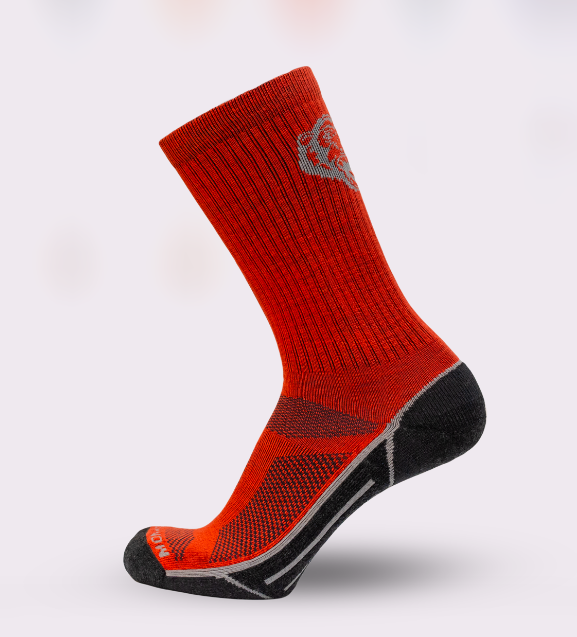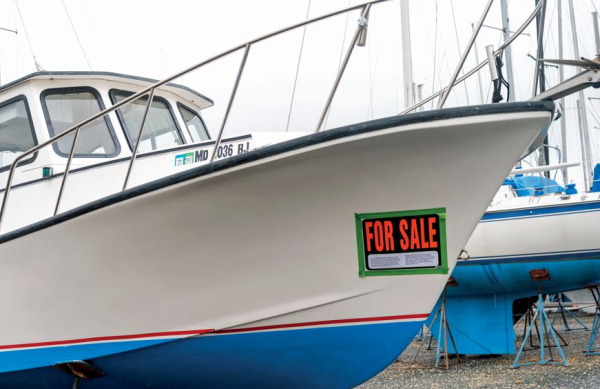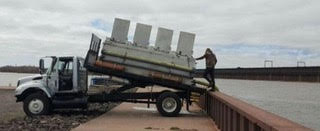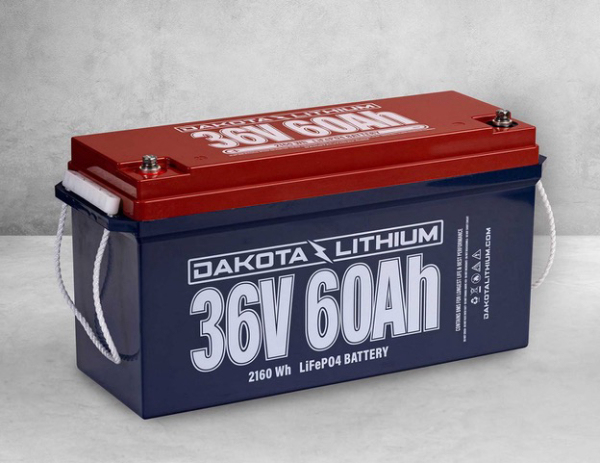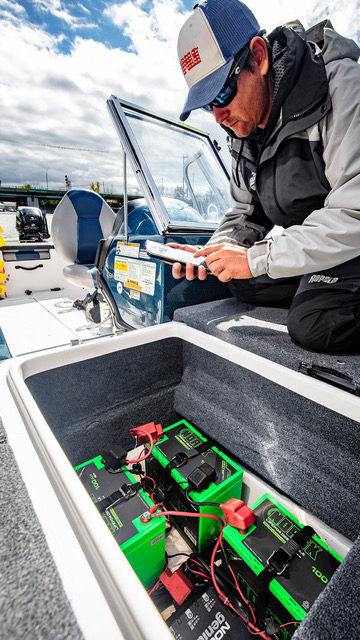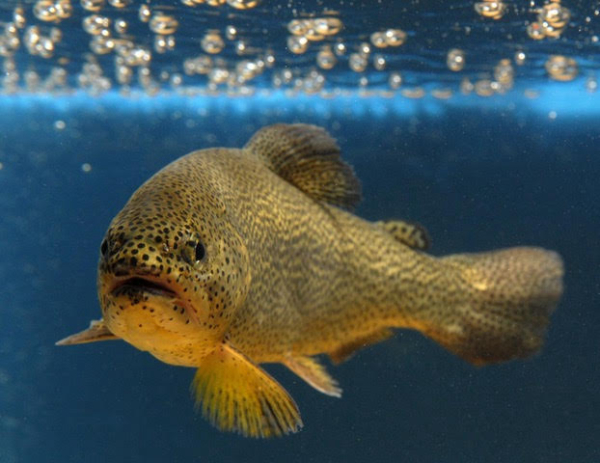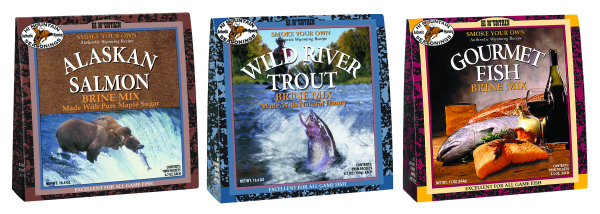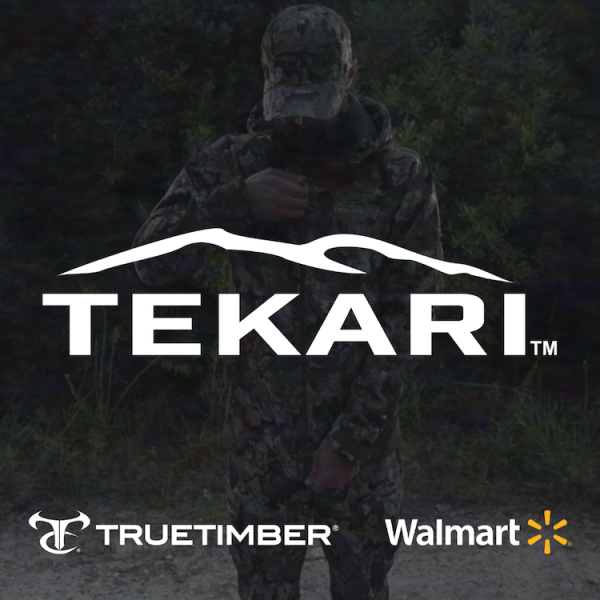Lithium Pros TM133 12.8V 33Ah Lithium Ion Battery
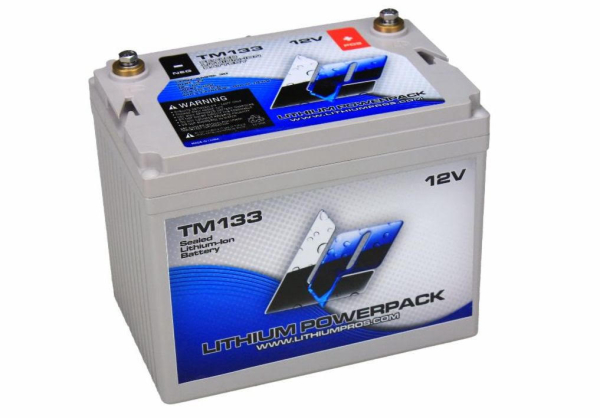
Perfectly engineered, the TM133 revolutionizes the marine battery landscape, tailored specifically for kayak fishermen seeking unmatched performance and awe-inspiring features. With its exceptional capabilities, the TM133 propels kayak fishermen towards uncharted realms of excitement and exploration. Set sail with the TM133 and enter a world where adventure knows no bounds!
Catering to the needs of kayak fishermen, the TM133 offers an impressive range of product features. This battery is designed for use with 12V trolling motors and marine electronics and is crafted to deliver peak performance in marine environments. Surpassing typical U1 lead acid batteries, the TM133 extends run time by 30%, providing kayak fishermen with more valuable time on the water.
With 65 reserve minutes, the TM133 ensures an extra layer of reliability, guaranteeing ample power even in challenging circumstances. Invaluable for kayak fishermen who rely on their trolling motors and marine electronics during prolonged fishing sessions, the TM133 knows no competition. Seamlessly integrating with 12V AGM battery chargers, the TM133 offers effortless and efficient power replenishment without needing special chargers. Read more


